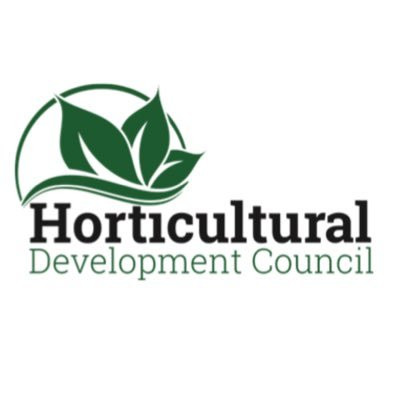
THE Horticultural Development Council (HDC) of Zimbabwe says the country’s horticulture sector is poised for increased production volumes in 2025, driven by new plantings and orchards coming into maturity particularly in high-value crops.
These include citrus and blueberries.
This is coming at a time when Zimbabwe is working to revive its horticulture sector, which was once one of the country’s top foreign currency earner.
According to ZimTrade, horticulture exports raked in over US$120 million in 2023, but stakeholders say the sector could exceed US$500 million annually with the right financing and infrastructure.
Government has since prioritised horticulture under the Horticulture Recovery and Growth Plan (HRGP), which seeks to attract capital, improve value-addition and strengthen cold-chain logistics for exports.
HDC operations manager Mandla Mataure told NewsDay Farming that the council expects a positive outlook this year, though sustained growth will hinge on unlocking affordable, long-tenure finance tailored to the sector’s needs.
“We are expecting our volumes to increase because there have been a few new plantings in certain sectors like citrus as well as blueberries, where you also have some orchards that have now come into production,” Mataure said.
However, he cautioned that while signs of growth are encouraging, stagnation remains a risk without continued investment into production expansion.
- 'Horticulture Fund a catalyst for investment'
- Zimbabwe’s trade deficit narrows to US$179m
- Malawi warms up to Zim products
- ZimTrade targets African markets
Keep Reading
“We want to make sure that growth does not then stagnate. We would want to see continual investment into increased production so that we are able to exceed the volumes that we have been expecting to reach,” he added.
Despite Zimbabwe’s potential to become a leading exporter of fresh produce, Mataure said the biggest constraint facing the horticulture sector remains access to affordable financing, especially for long-gestation crops.
“Our biggest challenge is affordable finance that is able to cater to perennial and plantation crops, which obviously take a lot longer to mature than seasonal crops,” he said.
“If we can access affordable capital with long tenure and competitive interest rates, that will allow us to get more money into production, expand our total hectare, and be able to supply markets across the world.”
The sector is undergoing gradual recovery after years of contraction due to macroeconomic instability, infrastructural bottlenecks, and under-investment.
Recent efforts to revive the sector include partnerships with export promotion agency ZimTrade and various private sector initiatives focused on building export-ready value chains.
According to Mataure, HDC continues to collaborate closely with ZimTrade to identify new export destinations with favourable trade conditions.
However, he pointed out that without sufficient production volumes, Zimbabwe remains unable to meet the growing demand from these international markets.
“We obviously work very closely with ZimTrade and they help us identify key markets that have conditions favourable for us to export into,” he said.
“But we just don’t have enough volumes at the moment and we need to increase our production so that we can meet the demand of those markets.”
Mataure said the demand for Zimbabwean horticultural produce remains strong globally due to the country’s reputation for high-quality output, but the ability to scale up sustainably is essential.
“There’s no shortage of markets looking for Zimbabwean produce. We know that our Zimbabwean produce is sought after around the world,” he said.
“What we need to do is make sure that we are able to sustainably increase our production capacity so that we can reach those markets.”
The HDC has also been engaging stakeholders in financial services and policy circles to advocate for the creation of financing models better suited to the nature of horticultural production cycles.






